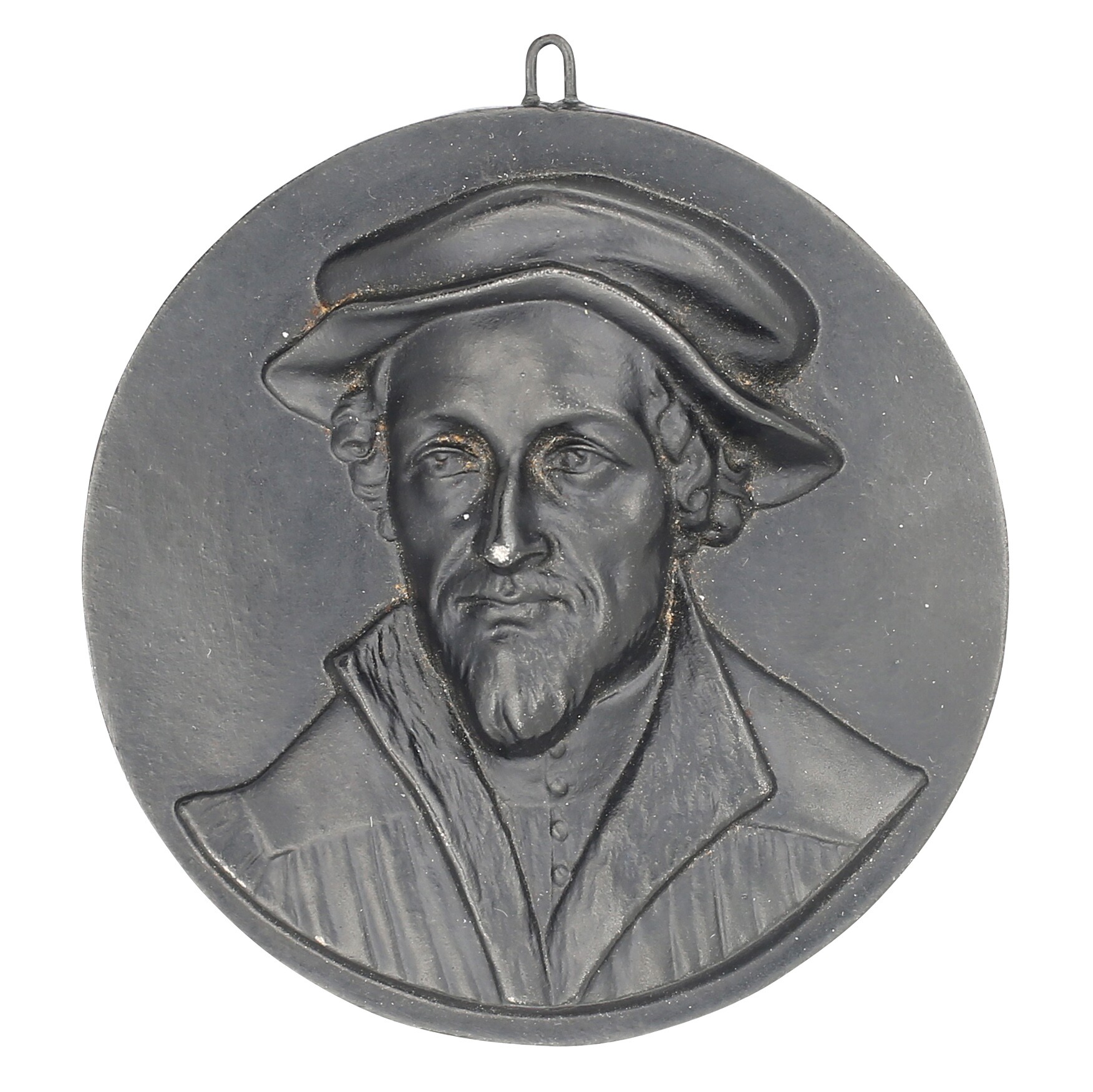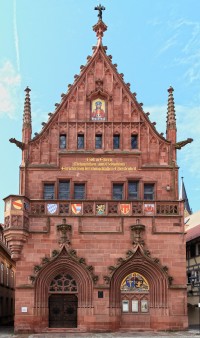Vorderseite: Brustbild Melanchthons von vorne mit Barett
Philipp Melanchthon (1497 – 1560), Humanist, Theologe, Reformator
Rückseite: Gravur „N: VI. 156“
Model von Leonhard Posch (1750-1831) nach einer älteren Vorlage in der Art der um 1636 entstandenen Medaillen-Portraitserie des Georg Schweiger (1613-1690), Nürnberg
en

